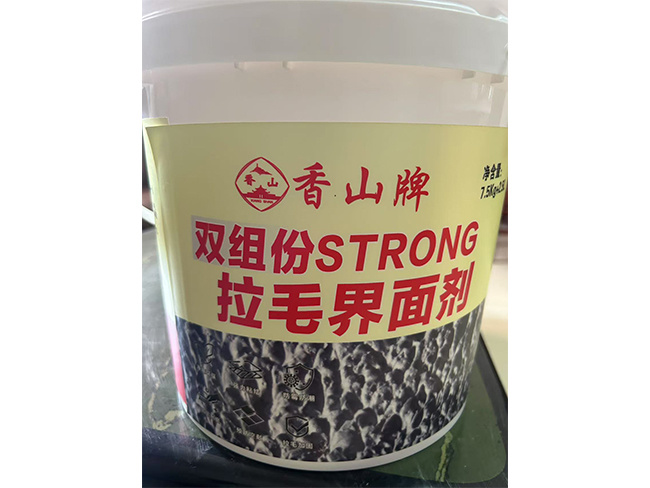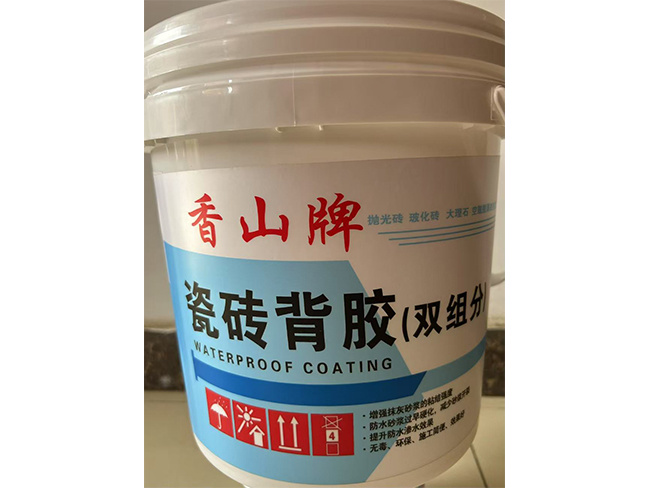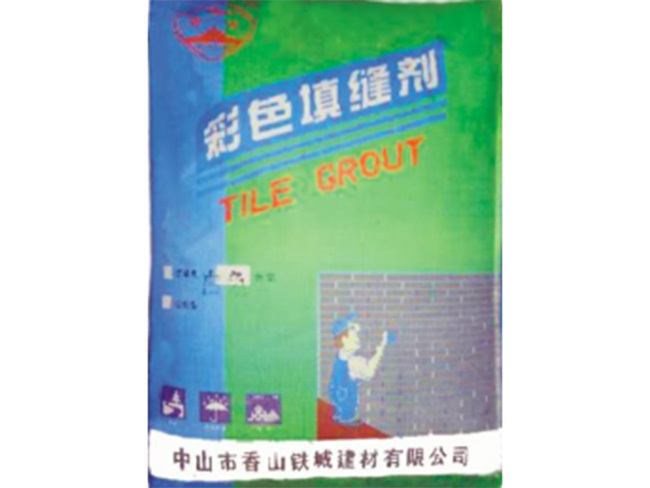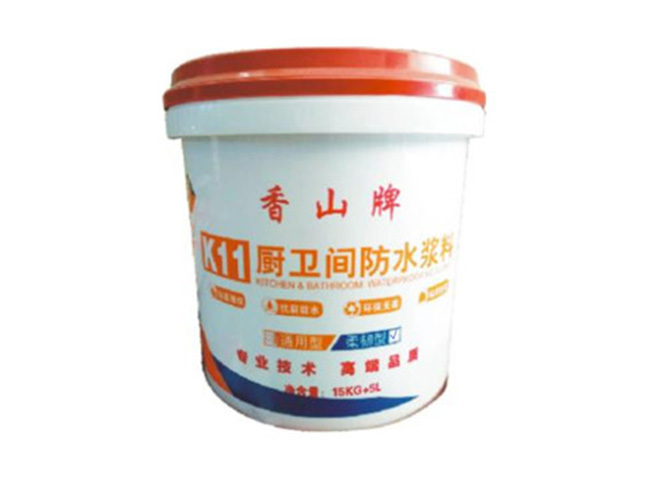

Roughening agent
A stucco primer is a building material used for wall or base layer treatment, mainly used to enhance paint adhesion or create a rough texture (such as imitation stone, relief, etc.). The following are the conventional usage and precautions of stucco primer for reference:
Keywords:
Category:
Description
How to Use a Roughening Agent
A roughening agent is a building material used for wall or base layer treatment, mainly to enhance paint adhesion or create a rough texture (such as imitation stone, relief, etc.). The following are the conventional usage methods and precautions for roughening agents, for reference:
________________________________________
I. Pre-construction Preparation
1. Substrate Treatment
o Ensure the substrate (walls, floors, etc.) is flat, firm, free of oil stains, dust, and loose materials.
o Concrete or mortar substrates need to be cured for more than 28 days, with a water content ≤10%.
o If the substrate is highly absorbent, apply a primer or sealing primer first.
2. Tool Preparation
o Roller, brush, special roller for roughening (with teeth or uneven texture), putty knife, mixer, roughening trowel, etc.
o Protective gloves, mask, goggles, and other safety equipment.
________________________________________
II. Mixing the Roughening Agent
1. Ratio
o Mix the roughening agent powder and emulsion (or water) according to the product instructions. The common ratio is powder:emulsion = 1:0.3-0.5. There is one bag of emulsion and one bag of powder in the bucket.
2. Consistency Adjustment
o Adjust the amount of water according to the construction requirements: Put the emulsion into the bucket first, then add the powder. You don't have to add it all at once; keep some aside and add or subtract according to the required consistency. (Added)
o Stir until smooth and creamy, let stand for 5 minutes, then stir again.
§ Rough texture: Reduce the amount of water to increase viscosity.
§ Fine texture: Increase the amount of water appropriately (within the range allowed by the instructions).
III. Construction Steps
1. Applying the Roughening Agent
o Apply the roughening agent evenly to the substrate using a putty knife or roller, with a thickness of generally 1-3mm.
o Ensure even coverage and no obvious seams or omissions.
2. Roughening Operation
o Method 1 (Roller Roughening):
Use a special roller with teeth or uneven texture and roll it on the surface while wet to form a uniform texture.
§ Control the force and direction to avoid repeated rolling causing the texture to collapse.
o Method 2 (Manual Roughening):
Use tools such as brushes and putty knives to create a rough surface by circling or patting.
o Method 3 (Tapping Roughening)
Use a special tapping tool to tap the roughening agent onto the wall. (Added)
3. Drying and Curing
o Natural drying for 24-48 hours (adjust the specific time according to temperature and humidity, avoid exposure to the sun or low temperatures).
o Check the strength after drying. After passing the inspection, subsequent paint or tile work can be carried out.
________________________________________
IV. Precautions
1. Environmental Requirements
o The construction temperature is recommended to be 5℃-35℃, and the air humidity ≤85%.
o Avoid working in rainy, windy, or high-temperature direct sunlight environments.
2. Construction Techniques
1.
o The coarseness of the roughening texture is determined by the tools and techniques. It is recommended to test a small area first.
o If multiple layers are required, each layer must be dried before proceeding to the next step.
2. Safety Protection
o Avoid direct skin contact. If accidentally contaminated, rinse immediately with water.
o Clean tools immediately after construction; they are difficult to clean after curing.
3. Storage
o Unopened products should be stored in a cool, dry place, avoiding moisture or freezing.
________________________________________
V. Common Problems
• Roughening layer peeling: The substrate was not cleaned properly, the water content was too high, or the ratio was incorrect.
• Uneven texture: unskilled workmanship or the slurry is too thin/thick.
• Dry cracking: coating is too thick or high ambient temperature causes shrinkage.
Previous
Related products
A stucco primer is a building material used for wall or base layer treatment, mainly used to enhance paint adhesion or create a rough texture (such as imitation stone, relief, etc.). The following are the conventional usage and precautions of stucco primer for reference:
The product has strong penetration, compatibility (cement), and bonding properties. It also boasts superior waterproof, high-temperature resistant, acid and alkali resistant, and anti-aging properties. It effectively solves technical problems such as hollowing, separation, and tile falling, commonly encountered after construction in various applications, including wet-laying of tiles and stones, joining new and old concrete, new and old cement mortar substrates, and plastering lightweight and environmentally friendly brick walls.
TH-K Color Grout (Wide Joint Type)
Features: ◆This product is a cement-based polymer modified high-grade grout, suitable for grouting indoor and outdoor tiles or stones. ◆It has high bonding strength, ensuring close adhesion to the substrate without falling off. ◆It has moderate flexibility and extremely low shrinkage, which can withstand the thermal expansion and contraction of the substrate and prevent cracks. ◆Excellent water resistance, high impermeability, can prevent water from penetrating the brick seams, and increase the durability of the building. ◆The slurry does not produce bleeding, the color is bright and lasting, ensuring the decorative effect of the building. ◆A variety of colors are available for users to choose from, and different colors of grouting materials can be configured according to the surface material, which makes the decoration style more prominent. ◆Solid powder, just add water and mix on site, very convenient construction.
K11 waterproof slurry flexible type
K11 Universal Waterproofing Mortar is a newly developed two-component composite waterproofing mortar, formulated using a composite modification process, and composed of high-molecular organic liquid material and high-quality components.
Online message



